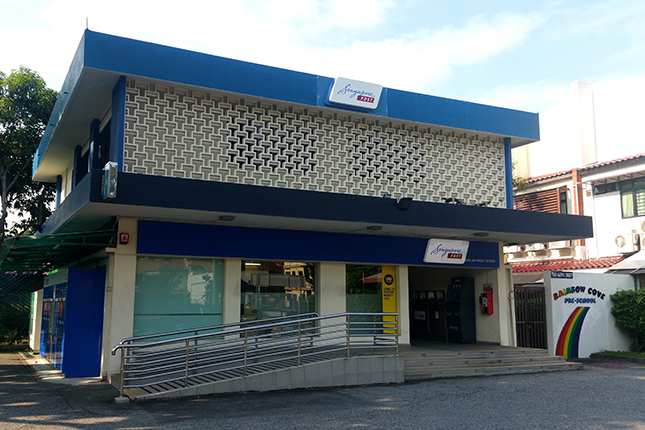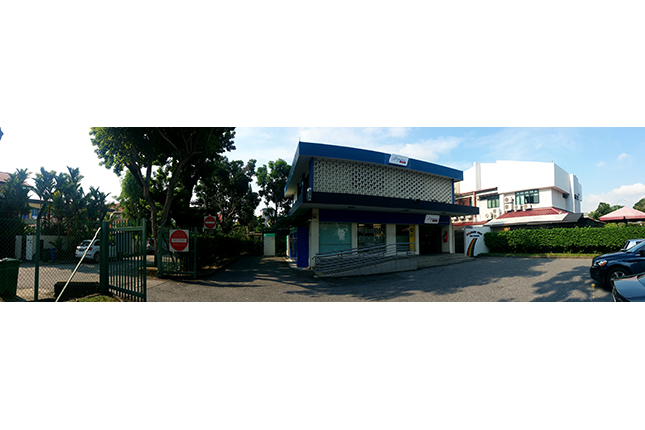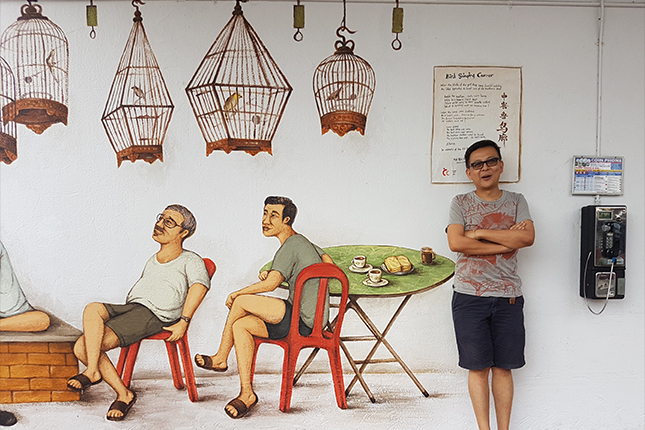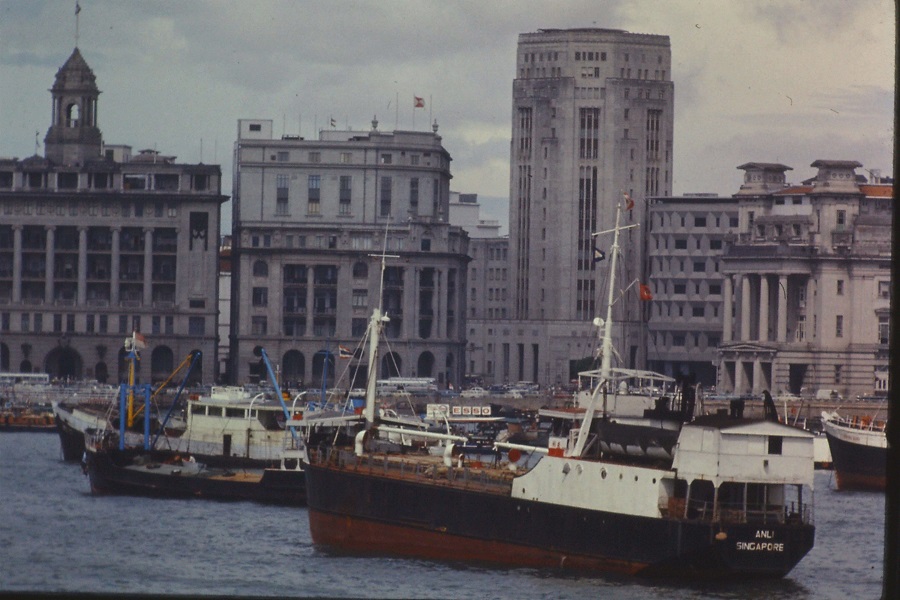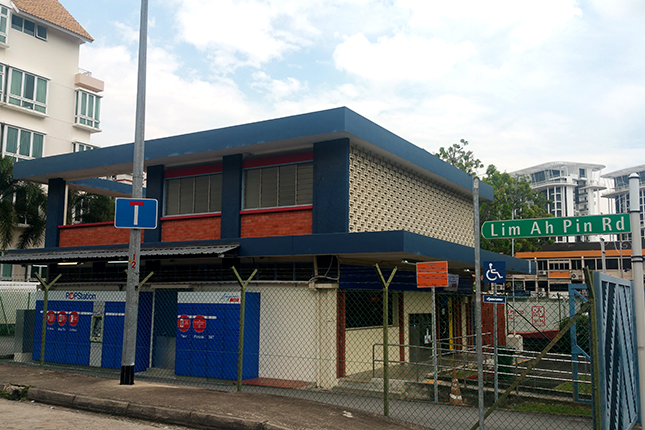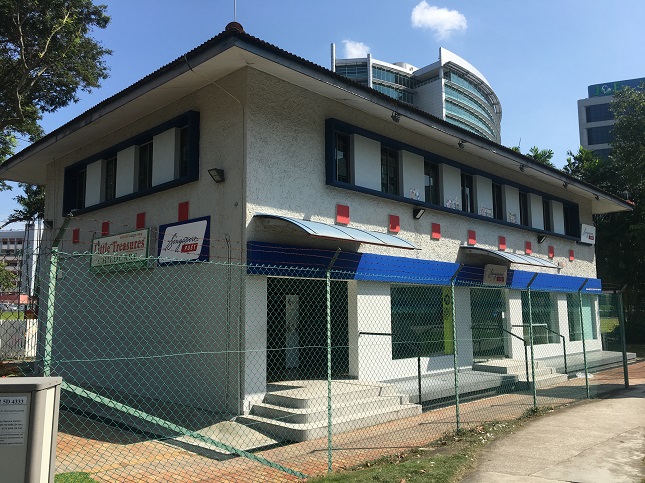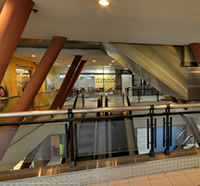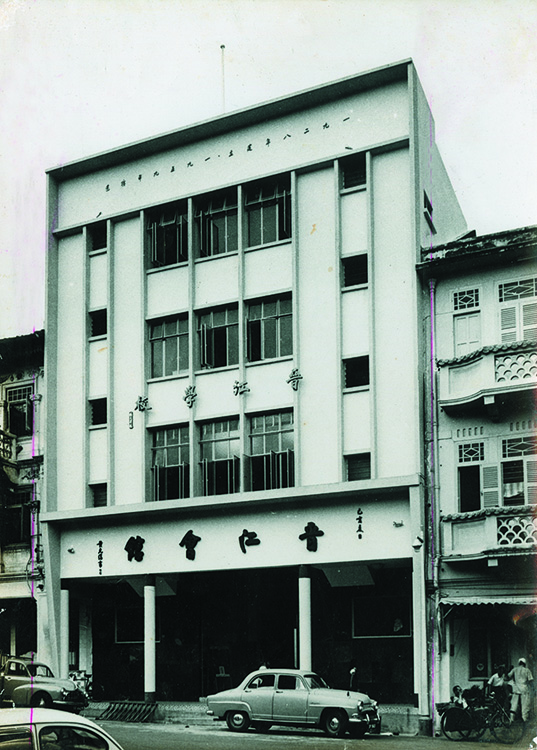Few would cast a second glance at this humble post office, which was once a source of civic pride to a newly-independent nation.
This is part of the cluster of buildings astride the Upper East Coast Road — comprising the neighbourhood police post, community centre and post office — that serves the quiet residential estate of Siglap.
Like several other post offices dotted all over Singapore, the two-storey building features a clear delineation between the upper and lower floors, fringed by a continuous ledge that surround the perimeter of the building. The upper floor is shrouded behind a wall of ventilating blocks, which once provided the resident postmaster with privacy for his living quarters.
In contrast, the lower floor has an air of invitation: generous glass-fronted showcase windows flank a huge front entrance — asymmetrically positioned for architectural modernity.
Few passers-by would realise that this small building was formerly a symbol of progress and modernity. Completed in 1965, it once stood in stark contrast to its earlier neighbours — mostly village houses constructed of attap and wood.
Held just months after Singapore’s independence, the opening ceremony of the post office was graced by then-Minister of State for Education, Rahim Ishak. Attendees included Singaporean men and women of all races, dressed to the nines in formal attire — ranging from the Western suit to Peranakan kebaya.
With its squarish structure and austere simplicity, the building’s design was inspired by the appearance of industrial machinery — a deliberate move to proclaim a new era of local governance.
Over the years, the post office continued to serve the local community. Today, the first storey houses the post office while a kindergarten operates on the second storey.
Buildings and sites featured on Roots.SG are part of our efforts to raise awareness of our heritage; a listing on Roots.SG does not imply any form of preservation or conservation status, unless it is mentioned in the article. The information in this article is valid as of December 2019 and is not intended to be an exhaustive history of the site/building.




